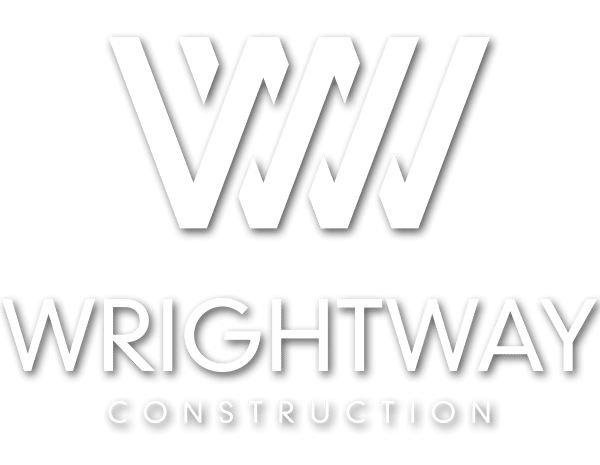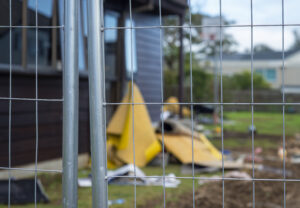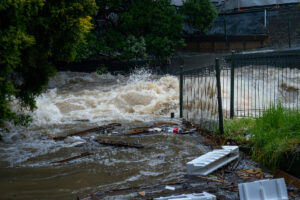House Cladding & Re-cladding A House In NZ – 4 min read.
Other Posts
House Cladding is the outer layer of a material that provides both insulation and weather protection. With cladding, water will not penetrate walls, and if it does, it will be absorbed by the cladding rather than seeping in and destroying your home’s structure.
House Cladding Versus Re-cladding. What’s The Difference?
There are two main types of house cladding in NZ – cladding and re-cladding. Cladding is the process of installing new panels over an existing surface, while re-cladding involves removing the old cladding and replacing it with new material.
The main difference between the two is that re-cladding provides a much more thorough update to your home’s exterior. Not only will all of the old cladding be removed, but any damaged or rotted framing will also be replaced. This ensures that your home is properly protected from the elements and looks its best.
Cladding, on the other hand, is a quick and easy way to give your home’s exterior a facelift. It’s perfect for homes that don’t have any major damage and just need a fresh coat of paint or new siding.
Introduction
Introducing Re-Cladding: A Guide To Re-cladding A House In New Zealand
In this article, we’ll be taking a detailed look at the process of re-cladding a house in New Zealand. We’ll cover everything from the initial assessment and planning stages, through to the actual re-cladding process itself.
Re-cladding a house is a big job, but it’s one that can have a hugely positive impact on both the look and feel of your home. If you’re considering undertaking a re-cladding project, or it’s been written in your scope of works after a flood or earthquake as an essential part of your repair strategy, then this guide is for you.
What is re-cladding?
Re-cladding is the process of replacing the external cladding on a house. This can be done for a number of reasons, including to improve the thermal performance of the house, to update the look of the house, or to repair damage to the existing house cladding.
There are a few things to consider before starting a re-cladding project, such as the type of cladding you want to use, the cost of materials and labour, and whether you need planning permission from your local council.
If you’re considering re-cladding your home, get in touch with a professional builder or architect who can help you plan and execute the project.
Benefits of Recladding a House
There are many benefits to recladding a house, particularly in New Zealand where the weather can be very harsh. Recladding can protect your home from the elements, improve its appearance and increase its value.
Recladding can also make your home more energy efficient by improving insulation and preventing heat loss. It can also reduce noise pollution and make your home more comfortable to live in.
If you are thinking of recladding your home, it is important to consult with a professional to ensure that it is done correctly. Recladding is a complex process and should only be undertaken by experienced house cladding professionals.
Step by Step Process to Re-Cladding Your House in New Zealand
1. Before you start the process of recladding your house, it is important to consult with a professional to find out if your home is suitable for recladding. They will be able to tell you whether your home is structurally sound and whether there are any potential problems that could occur during the process.
2. Once you have consulted with a professional and decided that recladding is right for your home, the next step is to choose the type of cladding that you would like to use. There are many different types of house cladding available on the market, so it is important to do some research before making a final decision.
3. Once you have chosen the type of house cladding that you would like to use, the next step is to prepare your home for the installation process. This includes removing all existing cladding from your home and making sure that the surface area is clean and free from debris.
4. The next step in the process is to install the new house cladding onto your home. This can be done by either hiring a professional company to do it for you, or by doing it yourself if you feel confident enough.
5. Once the new cladding has been installed, it is important to finish off the project by sealing and protecting the new cladding. This can be done by applying a sealant or waterproofing agent to help prolong its life span and keep it looking its best for years to come!
Summary
When it comes to re-cladding a house, there are a few things you need to take into account. The first is the cost. Re-cladding can be an expensive process, so you need to make sure you have the budget for it. Wrightway Construction offers complimentary house inspections for quotes and if you’ve suffered damage from natural disasters, so reach out and we’ll price it accurately for you.
The second factor to consider is the type of cladding you want to use. There are a variety of different types of cladding available on the market, so you need to do some research to find the one that best suits your needs. Again, Wrightway can show you your options and make recommendations for what we’ve found is most suitable for your home.
And finally, you need to think about the look of your home. Re-cladding can completely change the appearance of your house, so you need to make sure you’re happy with the results before you start the process.
If you’re thinking about re-cladding your house, then connect with us and we’ll guide you through the process.



